
flux_lalonde
-
Posts
169 -
Joined
-
Last visited
Content Type
Profiles
Forums
Articles
Gallery
Downloads
Events
Posts posted by flux_lalonde
-
-
I'm a lightweight hobbyist who has mainly burned coal in the past. I'm now getting a chance to do more serious work, and wound up with a lift of coke that I've just started working with.
This week I decided it was time to get in some forge welding practice, and I'm impressed by the heat I'm getting (except for the sunburn...I've moved my anvil further from the fire now). I've been setting flux-less faggot welds in it - my welding is still xxxx-poor, so this was unexpected. But the fire often feels really mushy - I'm pulling clinker out at an astounding rate, much more than I ever noticed with coal.
So questions:
- Is it this particular coke making so much clinker?
- It it because in the coal I have a nice little cave and I don't disturb the fire as much when welding?
- It it because I'm not managing my coke properly when I stuff my bars in it?
Thanks!
-
Ok, shallower pot, ~5 degree tuyere tilt. Definitely moved the heat further into the pot - a real improvement even for general work.
I managed to get a simple faggot weld to hold, so that's an improvement. But it was a heck of an effort on the bellows getting to and keeping the heat up at welding temperatures - it was very difficult to keep it up at a bright lemon yellow, and for the second heat it seems to take just as painfully long to get it up there again - the fire basically collapses and it's as if the blast has to burn its way past a pile more charcoal before forming the hot spot, each time. Is that normal? Or am I too impatient and working too low in this fire?
Still no pintle weld. Running out of excuses to hang the gate, so I think my next fire will bend a couple of simple ones to make do.
Paul
-
Ok, minor re-shape this morning, tuyere pointing down ~5 degrees, shallower pot. Give my clay patches a few hours to set up and I'll start slow and see where it goes!
Thanks for the pointers - I'll report back.
-
Pnut - down as in blowing the air downwards towards bottom of the pot? That's counter-intuitive, but I'll give it a shot!
Paul
-
Hi all. I've recently set up my little smithy, and the forge is a side-draft JBOD style.
Ihave decent clay, so built up a firepot.
Though I can weld in coal and propane (often enough, but I can't call it second nature yet), my only choice of fuel here and now is lump (not briquettes) charcoal. I've also never welded in a side-draft forge.
I get plenty of heat - after my attempts today, it appears I've fired the clay around half the firepot - it's ceramic pottery in there. But in that section of the fire there's so much oxygen that my piece just burns up. Higher up in the fire, I get to orange heat, almost yellow, but not to clear white. I do, however, not burn up my material.
I've tried at 3 different levels in the fire today, each one split higher than before. I found no joy. I have no pintles for garden gate.
How do I move my white heat further up the fire? Any other advice?
Thanks,
Paul
-
That makes sense. If I couple that with a bit of differential heating prior to quenching, and working too cold, I can see a whole cascade of failures. Onwards!
-
Reflecting some more, I also rushed my way through the heat on the way to quench - I bet I pulled it too soon and the core want’t all the way up. So many variables.
-
Sub-optimal vegetable oil - the bucket of left-over frying oil that always seems to accumulate in my kitchen. Pre-warmed to "hot-to-hold". Very scientific.
-
-
I did some finishing work on the dividers I started on the weekend. I'm impressed at how much the cold work frees up the action to work better - it makes sense, given how much material around the hinge gets filed away. These are good enough for me to use in the shop. I've got another pair set up to finish tomorrow evening, which I think will be a bit better than this one.
I've also noticed that I have nowhere near the assortment of files I need to do this properly. Anyone have a decent "set" they can recommend for basic bench work?
Flux.
-
16 hours ago, ausfire said:
This fellow emerged from my charcoal bags this evening.
Australia, where even your sack of charcoal wants to kill you.
-
Seems I managed to post a bunch before learning of the community introduction section.
I'm Paul Lalonde, and I've recently (re-)started to forge iron. I've gone by Flux online since I found it as a nice available email address some years ago.
I played in a forge some 15 years ago, long enough to make some chest hardware, hinges, a few simple locks, and then life intervened. Now I'm back at the anvil and the time off seems to have done a lot to improve my patience and willingness to "do it again, properly."
I like doing hardware and fussy stuff - I got into this doing hardware for furniture I was making, and now it's looking like I'm going to be making furniture for the hardware I'm forging :-)
Thanks for a great resource!
Paul/Flux.
-
Only a few hours in the shop today. Dropped the workbench 5 inches - it was sized to the previous owner, who has a good 12" on me. That let me move the leg vice there comfortably, which is so much more solid than my previous 4x4 tubing stand.
Hacked out a couple more pair of calliper blanks to give me some filing to do the next few evenings. I only just now noticed that I crossed up the pair - that will take another heat to sort out before I can start the finishing.
-
For random - I just moved to Kitchener from Victoria, where I really never got my forge properly set up. Glad to have it sorted now :-)
On 3/7/2017 at 2:49 AM, swedefiddle said:Talk to Sandra Dunn, Two Smiths. She is in your town. She was teaching at Haliburton. Neil
Took a class from Sandra last weekend - very good!
-
I'm a big fan of Mark Aspery's three volume set. Clear directions, incredible photography, and a nice learning ramp. Doesn't skimp on getting you making your tooling, and gets you through most of what you need for the later chapters. I'll say my chisels, punches, and drifts are much nicer since I started doing them his way.
[Edit - and now I understand you might be looking for reading material rather than instructional. I'll still stand by my recommendation.]
Flux.
-
Today was mostly copper - did a workshop with Sandra Dunn here in Kitchener. There was a little bit of obligatory smithing, see if you can spot it.
Raised the bowl (I call it Cain), and had to make a stake I could planish it against.
A little joiner exercise - I got to play with patina colors a bit.
Sandra's a great teacher - 7 of us in the workshop, and we all got piles of well-targeted, well-leveled direction.
Flux.
20 hours ago, iamjoe said:Nice, Joe. I love a practical knife.
Flux.
-
Beautiful. I'm going to have to track down one of these - just the right size for my garage.
-
This led me look for the image, and I stumbled across this "Anvils of your dreams" blog site: http://enclumesdereve.canalblog.com
Nice stuff.
-
Nice gothic arches! Where's that pic from?
-
2 hours ago, Daswulf said:
Wow Flux, that is a nice swage block!
Thanks! - I'm looking forward to doing some hammering on it! Tonight, with any luck!
-
15 minutes ago, Frosty said:
Grinding, filing, why? None of those are dies to produce finished pieces. Save the filing and sanding for the work, not the tools. Oh sure, knock off any burrs or stick up buggers but there isn't much good reason to shine them up. Seriously even if they were mirror polished by time you hammer out a ladel or bowel it's going to need some blemish removing.
Frosty The Lucky.
Now that's music to my lazy ears.
-
I dropped by John Newman's shop today with the express purpose of having some pieces follow me home.
Here are the three exceptionally badly photographed items that rode back with me. Now for a bit of filling, grinding, and elbow grease application.
Any practical advice apart from "file, sand, grind until smooth?"
-Flux
-
How is your rebuild going?
flux.
-
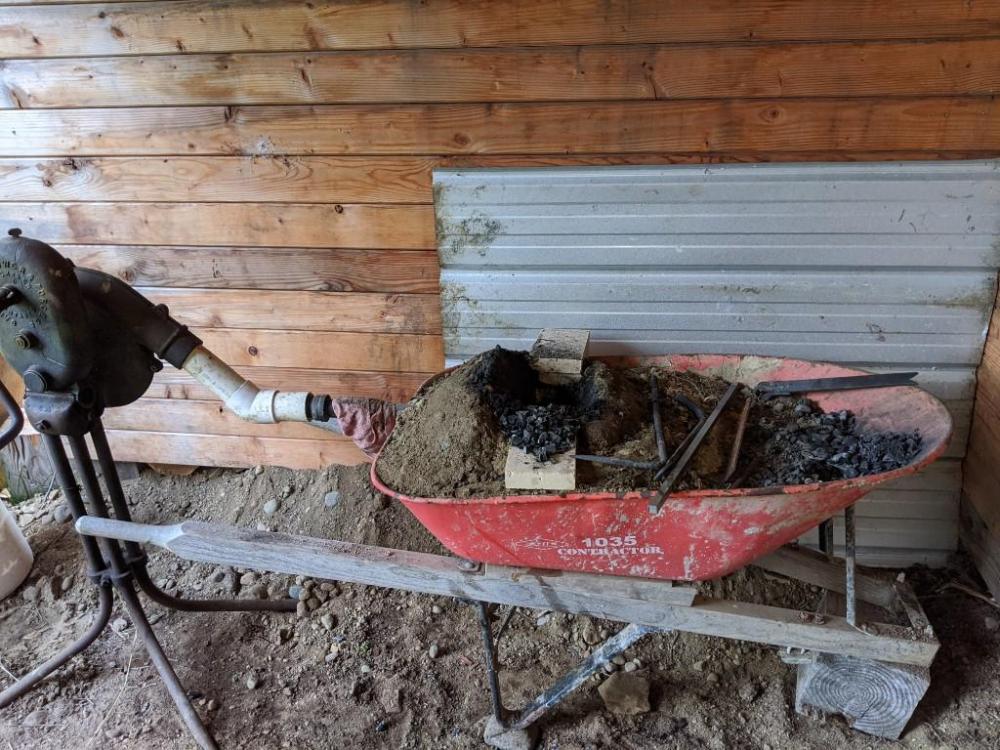
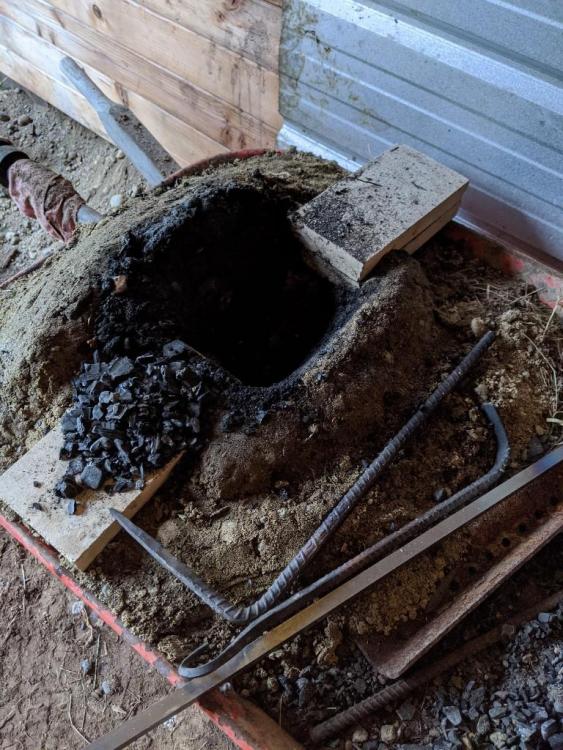
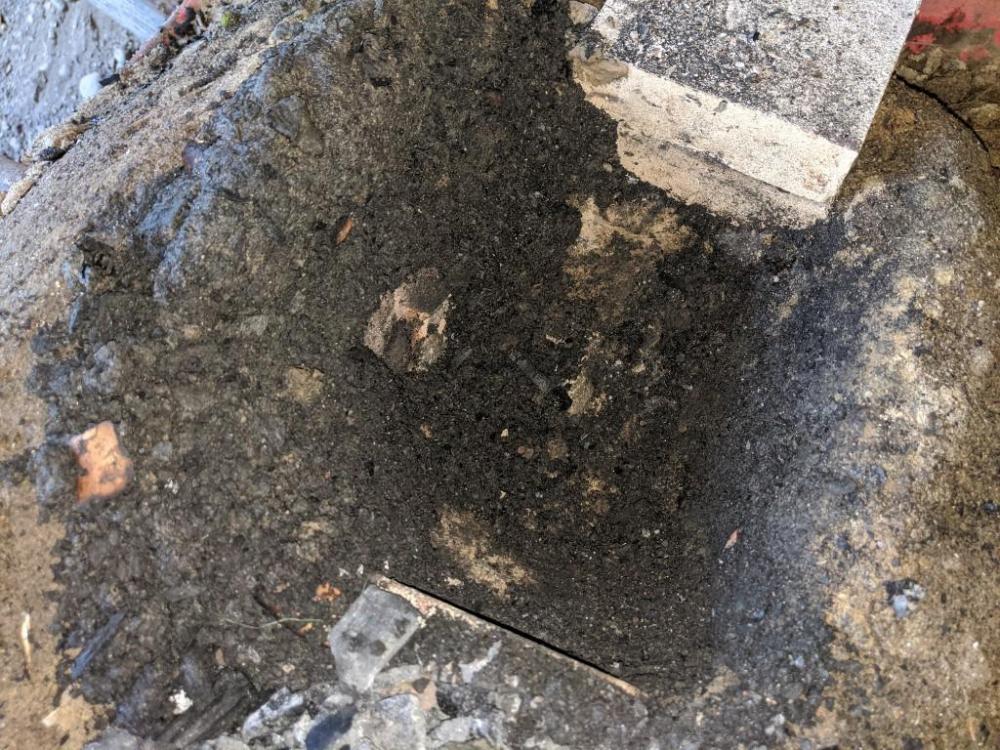
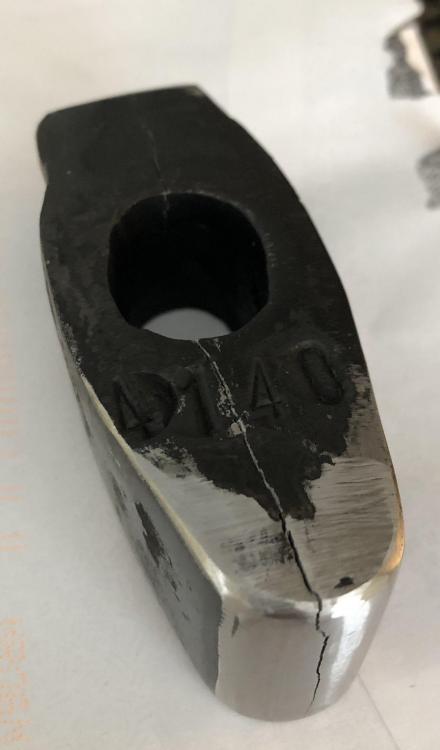
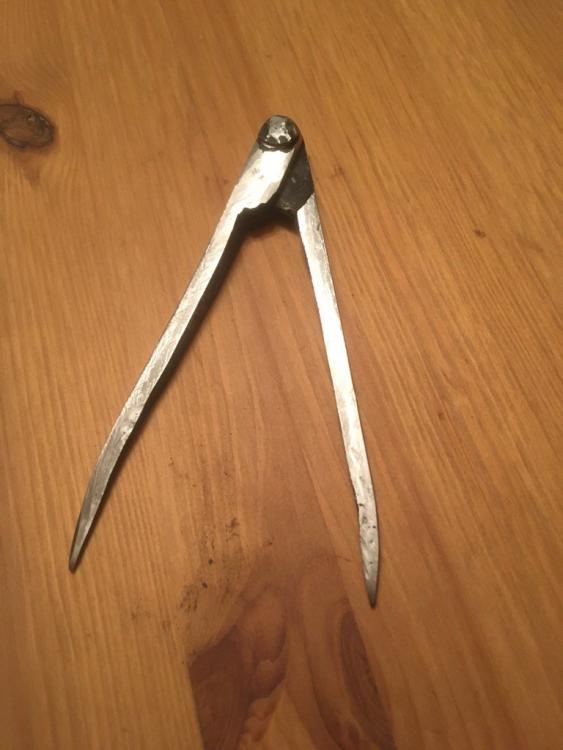
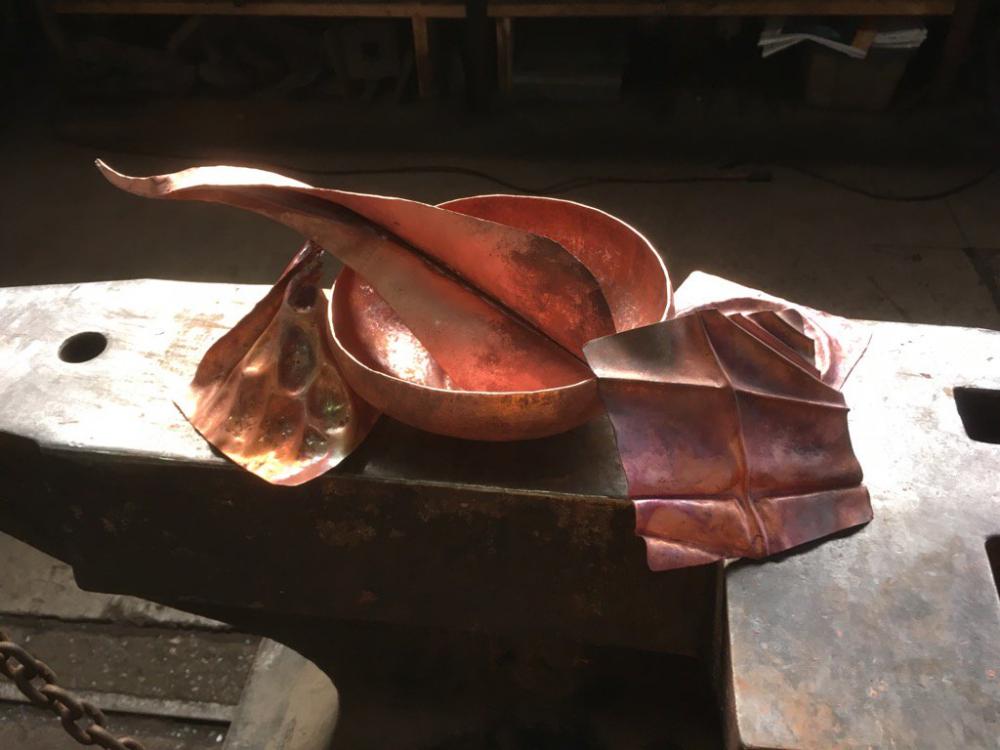
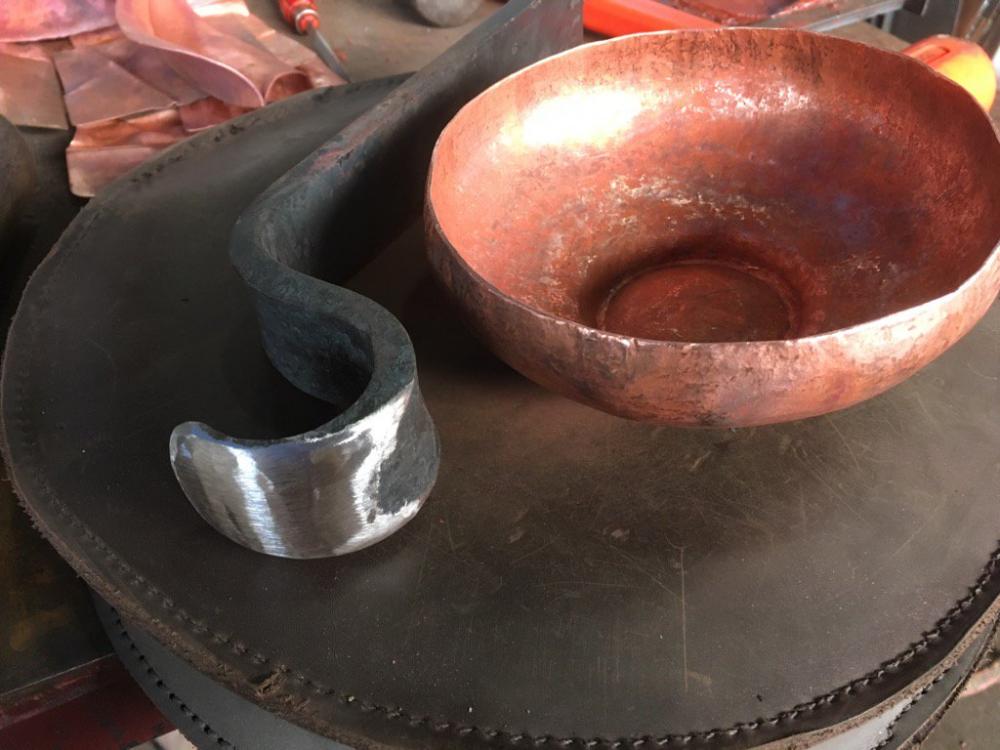
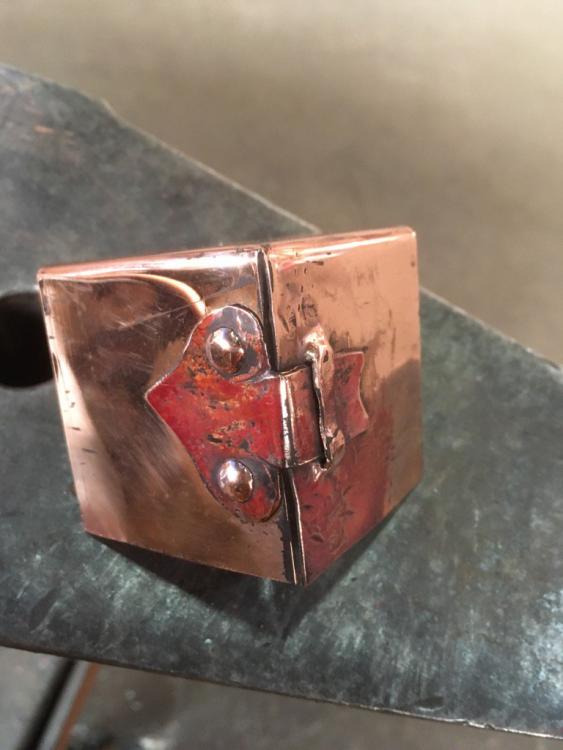
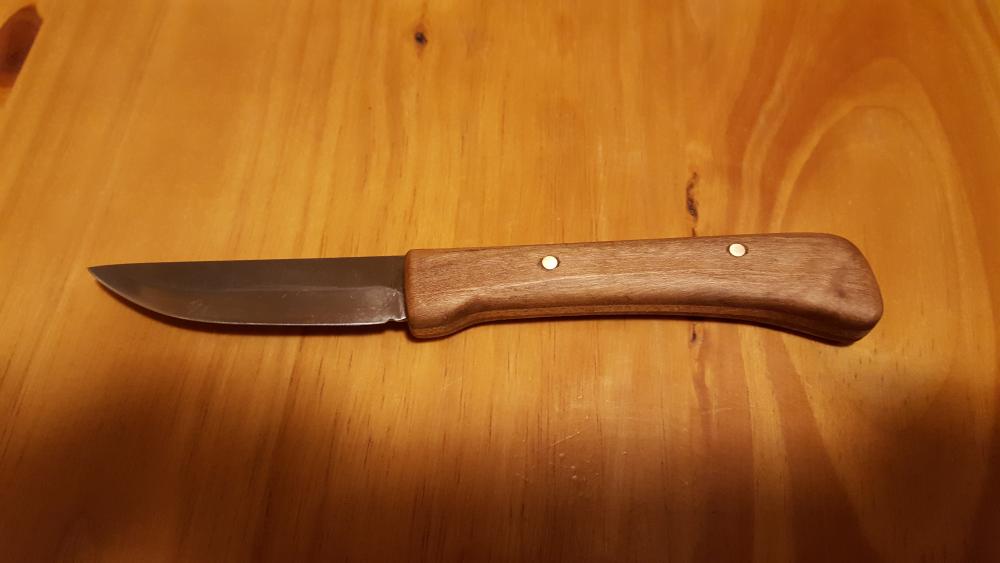
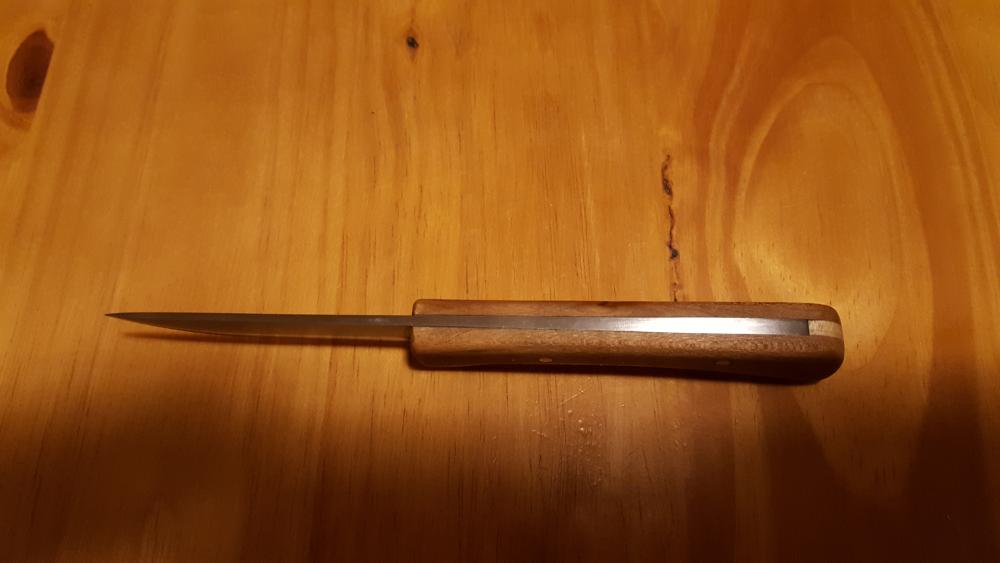
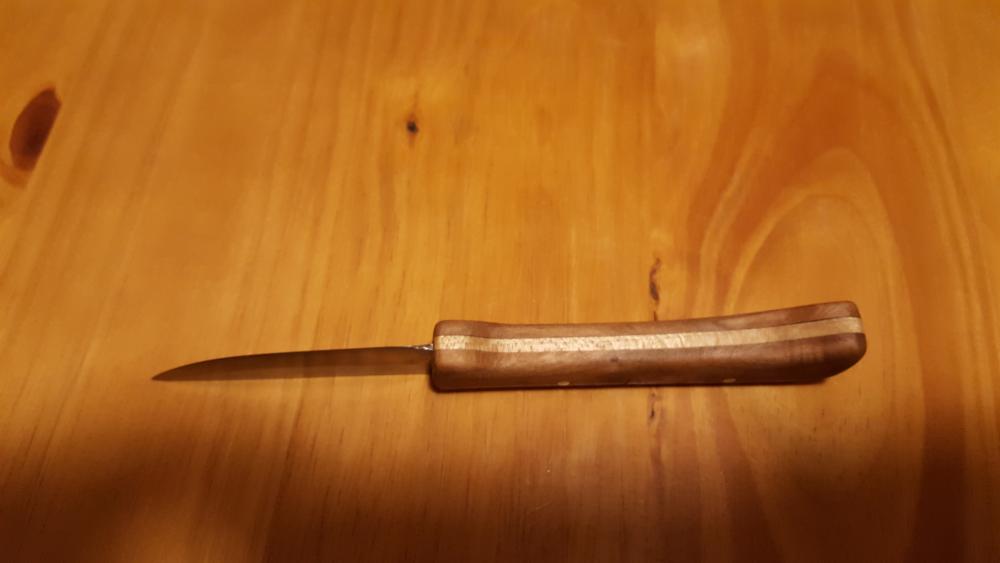
New to coke
in Solid Fuels: Coal, Coke, Charcoal, Wood, etc
Posted
Ok, going to be gentler on the air pressure, and see about working a deeper fire. It does feel very pancake-like in my current incarnation. Time to track down the firebricks I have somewhere around here...